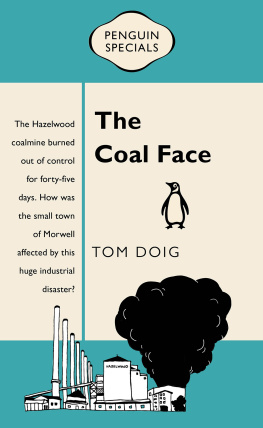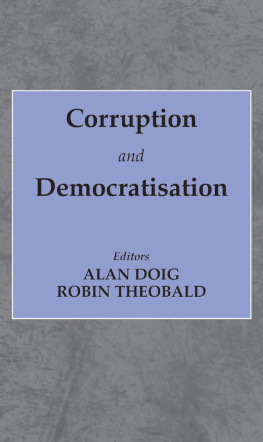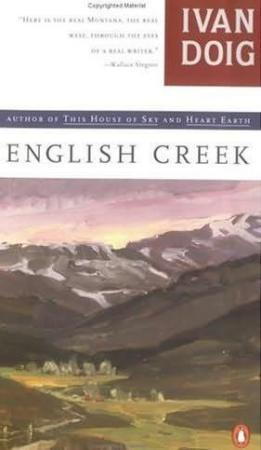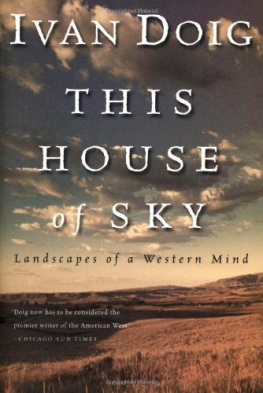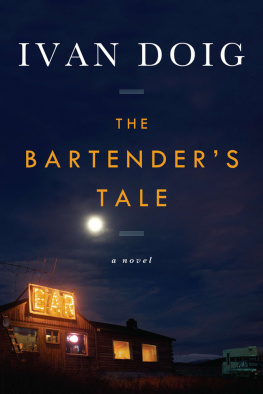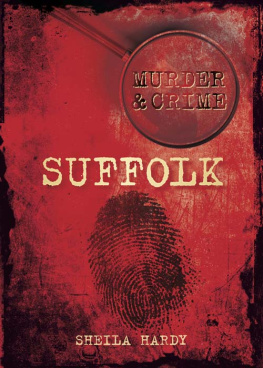Sarah E. Doig - The Little History of Suffolk
Here you can read online Sarah E. Doig - The Little History of Suffolk full text of the book (entire story) in english for free. Download pdf and epub, get meaning, cover and reviews about this ebook. publisher: The History Press, genre: Religion. Description of the work, (preface) as well as reviews are available. Best literature library LitArk.com created for fans of good reading and offers a wide selection of genres:
Romance novel
Science fiction
Adventure
Detective
Science
History
Home and family
Prose
Art
Politics
Computer
Non-fiction
Religion
Business
Children
Humor
Choose a favorite category and find really read worthwhile books. Enjoy immersion in the world of imagination, feel the emotions of the characters or learn something new for yourself, make an fascinating discovery.
- Book:The Little History of Suffolk
- Author:
- Publisher:The History Press
- Genre:
- Rating:3 / 5
- Favourites:Add to favourites
- Your mark:
- 60
- 1
- 2
- 3
- 4
- 5
The Little History of Suffolk: summary, description and annotation
We offer to read an annotation, description, summary or preface (depends on what the author of the book "The Little History of Suffolk" wrote himself). If you haven't found the necessary information about the book — write in the comments, we will try to find it.
The Little History of Suffolk — read online for free the complete book (whole text) full work
Below is the text of the book, divided by pages. System saving the place of the last page read, allows you to conveniently read the book "The Little History of Suffolk" online for free, without having to search again every time where you left off. Put a bookmark, and you can go to the page where you finished reading at any time.
Font size:
Interval:
Bookmark:



First published 2018
The History Press
The Mill, Brimscombe Port
Stroud, Gloucestershire, GL5 2QG
www.thehistorypress.co.uk
Sarah E. Doig, 2018
The right of Sarah E. Doig to be identified as the Author
of this work has been asserted in accordance with the
Copyright, Designs and Patents Act 1988.
All rights reserved. No part of this book may be reprinted or reproduced or utilised in any form or by any electronic, mechanical or other means, now known or hereafter invented, including photocopying and recording, or in any information storage or retrieval system, without the permission in writing from the Publishers.
British Library Cataloguing in Publication Data.
A catalogue record for this book is available from the British Library.
ISBN 978 0 7509 9014 1
Typesetting and origination by The History Press
Printed in Great Britain
eBook converted by Geethik Technologies
Although Sarah Doig was born in Hertfordshire, she considers herself a Suffolk girl. When she was a 1-year-old, Sarah moved with her family first to Mildenhall and then to Bury St Edmunds, where she was educated. Leaving Suffolk initially to attend university, Sarah found herself away from the county she considered her home for some twenty-seven years. After having travelled the world during her twenty-year career in the Foreign and Commonwealth Office, Sarah could no longer resist the strong pull back to Suffolk, and finally returned in 2010.
She now works as a freelance local history researcher, writer and speaker. Sarah is the author of The A-Z of Curious Suffolk, also published by The History Press.
Sarahs website is www.ancestral-heritage.co.uk.
When I was first asked whether I would consider writing The Little History of Suffolk, I almost dismissed it as a challenge too great to take on. How can anyone possibly condense the history of the county, from the dawn of time through to the present day, in one small volume? There are many excellent, academic studies of separate historical periods and aspects of Suffolk, as well as A History of Suffolk first published in 1985 by two of the very best local historians the county has been lucky enough to have: David Dymond and Peter Northeast. I then realised that the brief for this book was very different and something I felt able and willing to tackle. Primarily, it is designed to be approachable and readable and, by necessity, to be selective rather than comprehensive. The Little History of Suffolk is therefore a book written by an author passionate about the history and heritage of the county for like-minded individuals, regardless of their previous knowledge. My mission is also to enthuse others, for the first time, about the county in which they live or visit. The chronological approach allows the reader to either read the book from cover to cover, to select an era to read or to simply dip in at random. Either way, I hope my selection of what I consider the very best bits of Suffolk history stimulates the mind, and leaves you more informed and interested than you were before picking up the book.
Before I end, and you immerse yourself in The Little History of Suffolk, I would like to thank my husband, Mike: a Scotsman who has embraced Suffolk life wholeheartedly. More importantly, Mike has patiently proofread drafts of this book and added his thoughts, for which I am grateful. He has also kept me supplied with coffee, food and alcohol at regular intervals and kept the house running smoothly.
Half a million years ago, the area we now call Suffolk bore no similarity whatsoever to the modern-day county. At that time, Britain was still attached to the European Continent, forming a north-west peninsula, and two main rivers ran roughly west to east across the region. The Ice Age, however, changed the shape of Suffolk forever. The Anglian Glaciation, which formed the extreme southern edge of a thick ice sheet that covered most of England, blanketed the majority of Suffolk. Roughly 10,000 years ago, when the ice finally retreated, it left a deep deposit of boulder clay on the central part of Suffolk. The resulting water from the melting, several hundred-metre-thick ice drained east and south-east, leaving the valleys now occupied by four of our major rivers: the Deben, Gipping, Stour and Waveney. And so, the basic albeit bare landscape of the county was formed.
About two-thirds of the county is covered by chalky boulder clay and the rest, to the east, by sands, silty clays and flint-rich gravels. When the ice finally disappeared, successive periods of warming of the climate allowed vegetation to grow on the bare rocks and a forest of birch and pine covered the land. This gradually gave way to mixed oak forests as the soil developed. Three distinct soil regions of Suffolk emerged; Breckland in the north-west, which comprised mainly heathland; the Sandlings in the south-east; and the claylands of High Suffolk, which became the main agricultural belt. And our countys most distinctive feature, its coastline, took shape when the land bridge between Britain and the Continent was finally broken in about 6500 BC.
So, when did man first set foot in Suffolk? Well, of course, we dont actually know, although humans were certainly here before the Ice Age, having migrated through Europe from East Africa. In 2000, the base of cliffs at Pakefield near Lowestoft yielded up some human-worked flints that have been dated to about 700,000 years ago. At the time of their discovery, they were the earliest evidence of humans in northern Europe. Since then, however, slightly older evidence has been found on the north Norfolk coast. Nevertheless, Suffolk can still lay claim to some of the countrys earliest settlers and Pakefield certainly is not the only place in the county in which early, basic flint tools have been found. At numerous sites in the north-west corner of Suffolk, hand-axes have been unearthed that give us an insight into our early, pre-Ice Age ancestors. These people would have hunted horses and deer for their meat, as well as animals long since gone from our shores such as lions, bears and mammoths. As well as cutting up their prey, their crude flint tools were used to scrape the animal hide from which they made their clothing. It was not until the very end of the Ice Age that Suffolk was once again visited by early man, as well as by the animals upon which they relied for food.
In around 4500 BC, crop cultivation and animal rearing began in Britain. In Suffolk, signs of these Neolithic farmers have been found predominantly in the Brecklands and Sandlings, as well as in river valleys in the rest of the county. These new skills had spread from the Near East, from where seeds and livestock had been imported. They grew wheat, barley, beans and flax, and kept cattle, sheep, goats and pigs. Woodland was cleared to allow for fields and pastures. With these new practices came the need for farmers to store their produce and so pottery-making emerged. Finds in Suffolk dating from this period show that the farmers also had to create new tools, some from stone other than flint, including those used for grinding corn.
Font size:
Interval:
Bookmark:
Similar books «The Little History of Suffolk»
Look at similar books to The Little History of Suffolk. We have selected literature similar in name and meaning in the hope of providing readers with more options to find new, interesting, not yet read works.
Discussion, reviews of the book The Little History of Suffolk and just readers' own opinions. Leave your comments, write what you think about the work, its meaning or the main characters. Specify what exactly you liked and what you didn't like, and why you think so.


